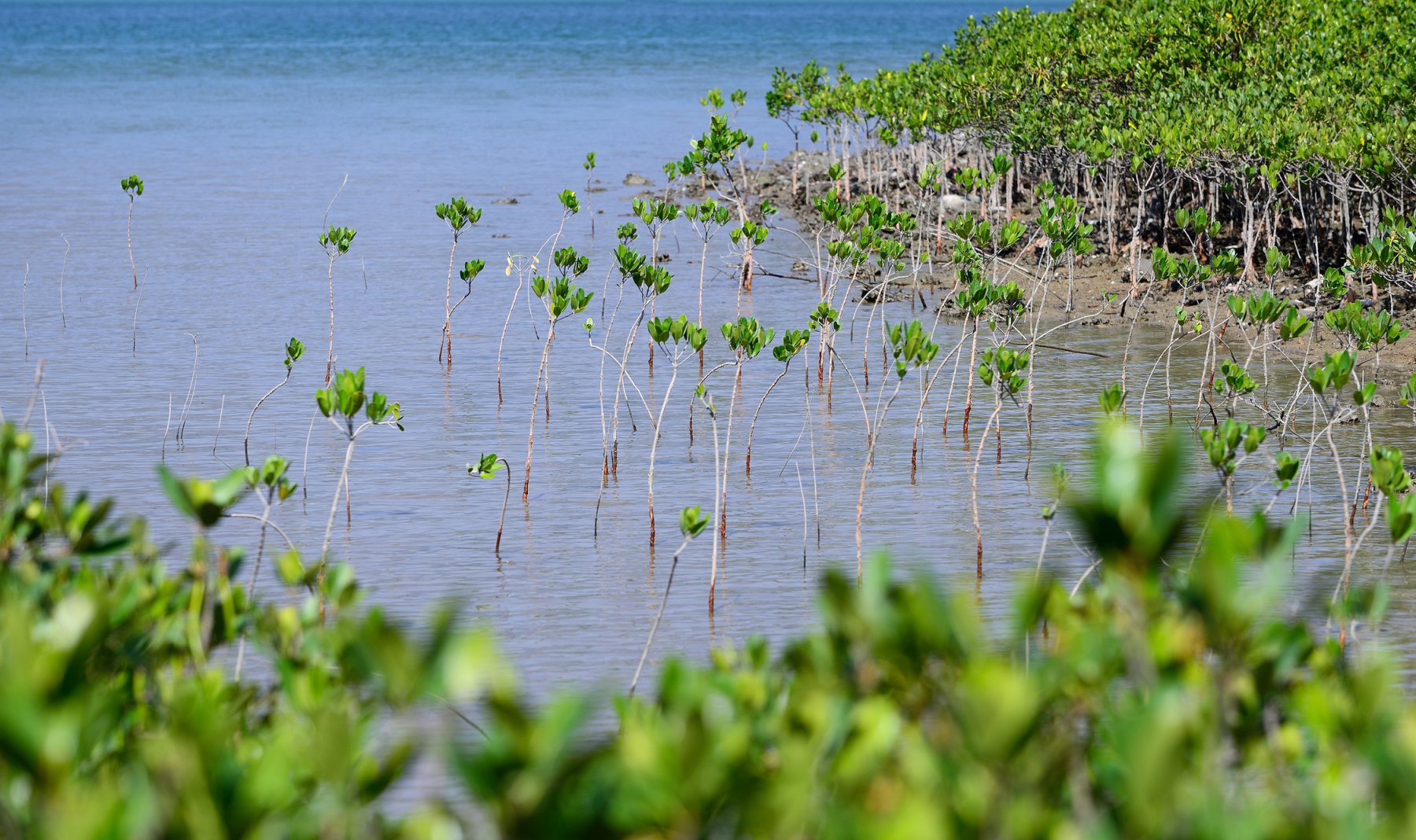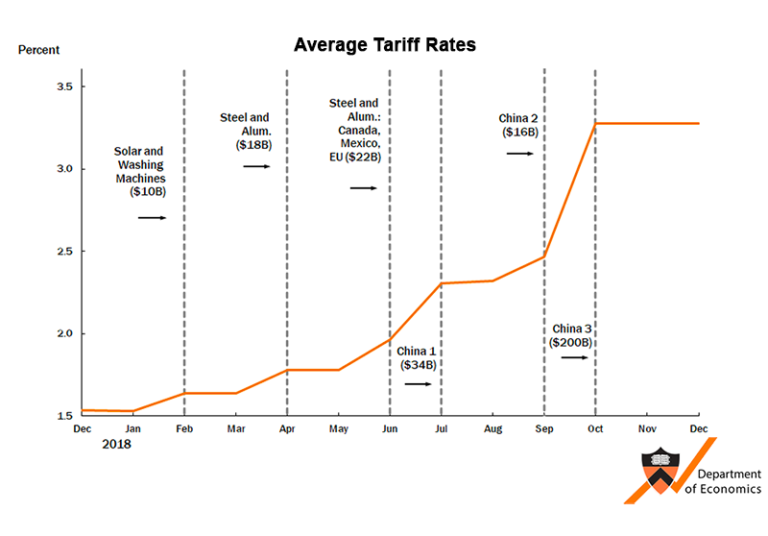Seagrass Planting: A Key Strategy For Scottish Coastal Restoration

Table of Contents
The Ecological Importance of Seagrass in Scotland
Seagrass meadows are often referred to as the "lungs of the ocean," and for good reason. These underwater prairies play a critical role in supporting biodiversity within Scotland's coastal waters. They are true biodiversity hotspots, teeming with life and offering vital habitats for a wide range of species. Their ecological significance extends far beyond their immediate surroundings, impacting the entire marine ecosystem.
- Seagrass beds act as nurseries for commercially important fish species. Many commercially valuable fish, like cod and plaice, rely on seagrass meadows for shelter and food during their juvenile stages. Protecting these habitats directly contributes to the health and sustainability of Scotland's fishing industry.
- They provide vital habitat for a wide array of invertebrates, shellfish, and other marine organisms. From tiny crustaceans to larger shellfish like scallops and mussels, seagrass meadows support a complex food web, underpinning the overall health of the marine ecosystem. This rich biodiversity also contributes to the resilience of the ecosystem to environmental stress.
- Seagrass meadows are highly effective carbon sinks, contributing significantly to carbon sequestration. They are incredibly efficient at absorbing and storing atmospheric carbon dioxide, playing a vital role in mitigating climate change. This carbon sequestration capacity makes seagrass restoration a powerful tool in the fight against global warming.
- They help stabilize sediments and protect coastlines from erosion. The dense root systems of seagrass plants bind sediment, preventing erosion and protecting coastal communities from the damaging effects of storms and rising sea levels. This natural coastal protection is crucial in the face of increasing climate change impacts.
Seagrass Planting Techniques and Challenges in Scottish Waters
Successfully restoring seagrass meadows requires careful planning and execution. Various seagrass restoration techniques are employed, each with its own advantages and challenges in the specific context of Scottish waters.
- Direct seeding: This involves scattering seagrass seeds directly onto the seabed. Success depends heavily on favorable environmental conditions and the availability of suitable seeds.
- Transplantation: This involves transplanting small plugs or sections of existing seagrass meadows to new locations. This technique offers greater control but can be more labor-intensive and costly.
Challenges specific to Scottish waters include:
- Site selection: Identifying suitable sites for seagrass planting requires careful consideration of factors such as water depth, light availability, water quality, sediment type and wave action.
- Environmental factors: The relatively cool water temperatures and strong wave action in some areas of Scotland can impact seagrass growth and survival.
- Ongoing monitoring and evaluation: Regular monitoring is essential to assess the success of planting efforts and to adapt techniques as needed. This allows for adjustments to optimize the survival rate and growth of the planted seagrass.
Benefits of Seagrass Restoration for Scottish Communities
The benefits of seagrass restoration extend far beyond the ecological realm. The revitalization of seagrass meadows offers significant economic benefits and enhances the social fabric of Scottish coastal communities.
- Improved coastal protection reduces erosion and flood risk, saving money on infrastructure repairs. The natural coastal defenses provided by seagrass meadows lessen the need for expensive coastal engineering solutions.
- Healthier ecosystems support thriving fisheries and aquaculture, benefiting local economies. The abundance of marine life supported by seagrass meadows translates directly into greater fishing yields and opportunities for sustainable aquaculture.
- Seagrass meadows can enhance the attractiveness of coastal areas for tourism. The vibrant and healthy marine environment attracts tourists, generating revenue and supporting local businesses. Eco-tourism related to seagrass restoration can also create additional opportunities.
- Seagrass restoration projects can create jobs in environmental monitoring and restoration. These projects offer employment opportunities in fields such as ecological surveying, habitat restoration, and environmental education.
Government Initiatives and Community Involvement in Seagrass Planting in Scotland
The Scottish government and various organizations recognize the importance of seagrass restoration. Several initiatives are underway to support seagrass planting and promote community involvement.
- Government funding: Several funding streams are available to support seagrass restoration projects, both through direct grants and via wider environmental programs.
- Community engagement: Many successful projects involve active participation from local communities, fostering a sense of ownership and stewardship.
- Environmental agencies and NGOs: Organizations like Marine Scotland and various environmental NGOs play a critical role in coordinating efforts, providing expertise, and promoting best practices.
Conclusion
Seagrass planting in Scotland offers a powerful and multifaceted approach to coastal restoration. The ecological benefits – enhanced biodiversity, carbon sequestration, and coastal protection – are undeniable. Furthermore, the economic and social advantages, including job creation, improved tourism, and healthier fisheries, make seagrass restoration a win-win proposition. The urgency of these efforts cannot be overstated. The revitalization of Scotland's seagrass meadows is crucial for the health of its marine environment and the well-being of its coastal communities.
Seagrass planting is vital for the health of Scotland's coastal ecosystems. Learn more about how you can support seagrass restoration projects in your area and contribute to the revitalization of Scotland's precious marine environment. Get involved in local seagrass planting initiatives or donate to organizations dedicated to seagrass conservation. Help us protect our precious seagrass meadows for future generations.

Featured Posts
-
 Ambleside Pair Face Charges After Hayes Garden World Robbery 300
May 04, 2025
Ambleside Pair Face Charges After Hayes Garden World Robbery 300
May 04, 2025 -
 The End Of An Era Tony Todd And A 25 Year Old Horror Mystery Solved
May 04, 2025
The End Of An Era Tony Todd And A 25 Year Old Horror Mystery Solved
May 04, 2025 -
 Aritzia On Trump Tariffs Price Stability And Adjustment Strategies
May 04, 2025
Aritzia On Trump Tariffs Price Stability And Adjustment Strategies
May 04, 2025 -
 Offshore Wind Balancing Costs And Sustainability
May 04, 2025
Offshore Wind Balancing Costs And Sustainability
May 04, 2025 -
 Wiener Duo Abor And Tynna Deutschland Hofft Auf Esc Sieg
May 04, 2025
Wiener Duo Abor And Tynna Deutschland Hofft Auf Esc Sieg
May 04, 2025
